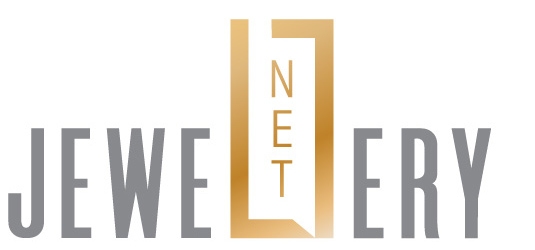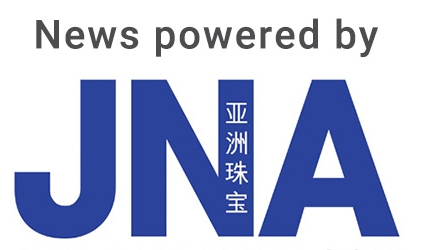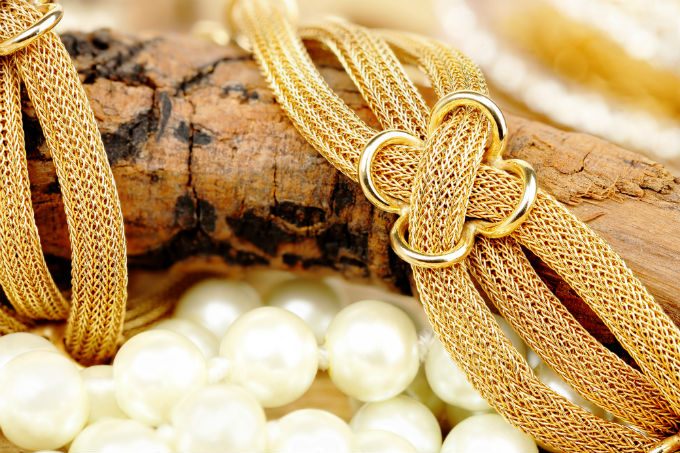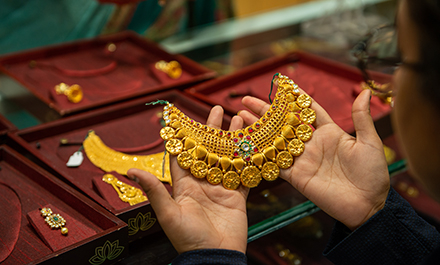Demand for gold jewellery rose 1 percent in the first quarter of the year, with India’s thriving bridal market as the major driver of growth.
According to the Gold Demand Trends Q1 2019 of the World Gold Council (WGC), gold jewellery demand was marginally higher at 530.3 tonnes, valued at US$22.2 billion, during the period in review.
The report said wedding purchases and lower prices in India resulted in a 5 percent rise in gold jewellery demand as consumers took advantage of a price correction. The boost in wedding-related sales was largely due to 21 auspicious wedding days in the Hindu calendar in Q1 2019 – a threefold increase from Q1 2018.
Enhanced retail promotions, including discounts and marketing of lower-karat, lightweight jewellery among younger consumers, also helped lift demand.
In China, demand softened by 2 percent despite the Chinese New Year holiday, which is a traditional buying season. Demand weakened as a result of volatile gold prices in Q1 and cautious consumers reeling from a slow domestic economy and international trade conflict.
China’s jewellery market, however, continued to make waves in innovation, particularly with the introduction of a new product category to compete with 22-karat gold. Dubbed “5G” or “HD” gold, this product offers the purity of 24-karat gold combined with the rigidity of 3D-hard gold, using fashionable 18-karat gold designs.
According to the WGC report, the Middle East region saw a modest year-on-year recovery, although this was largely because demand in Q1 2018 was hit by the introduction of VAT in the UAE and Saudi Arabia. Iran was a notable exception, falling by 10 percent.
The US jewellery market meanwhile saw marginal growth, with demand reaching 24t in Q1. “Although this was the ninth consecutive quarter of y-o-y growth in the third largest gold jewellery market, the pace of expansion slowed notably. The prolonged government shutdown hit demand in January, as demonstrated by a drop in gold jewellery imports that month,” WGC said.
The higher-end jewellery segment however remains “robust,” added the council, noting that independent retailers in more affluent and/or Hispanic-dominated areas reported a strong quarter.









